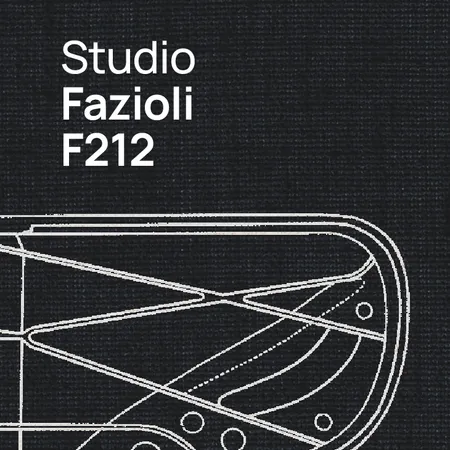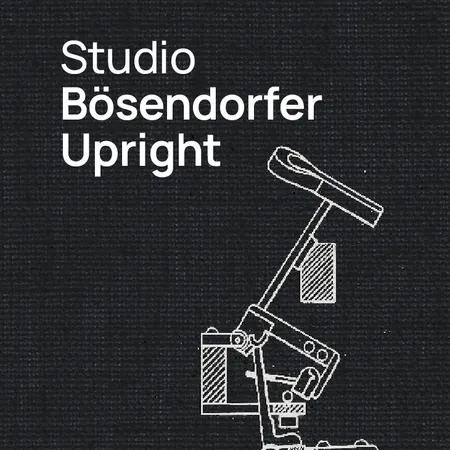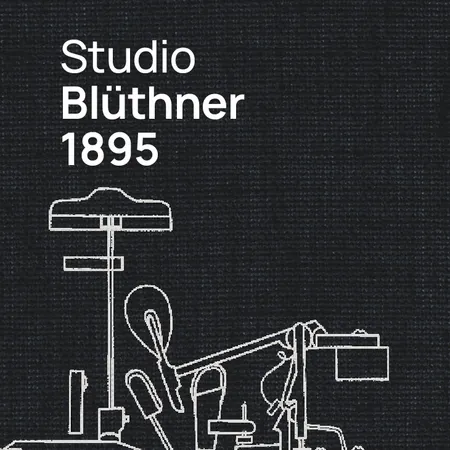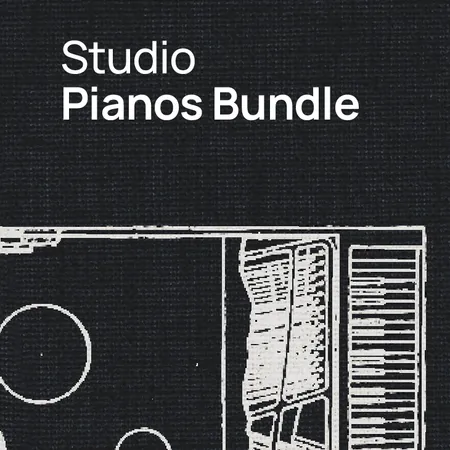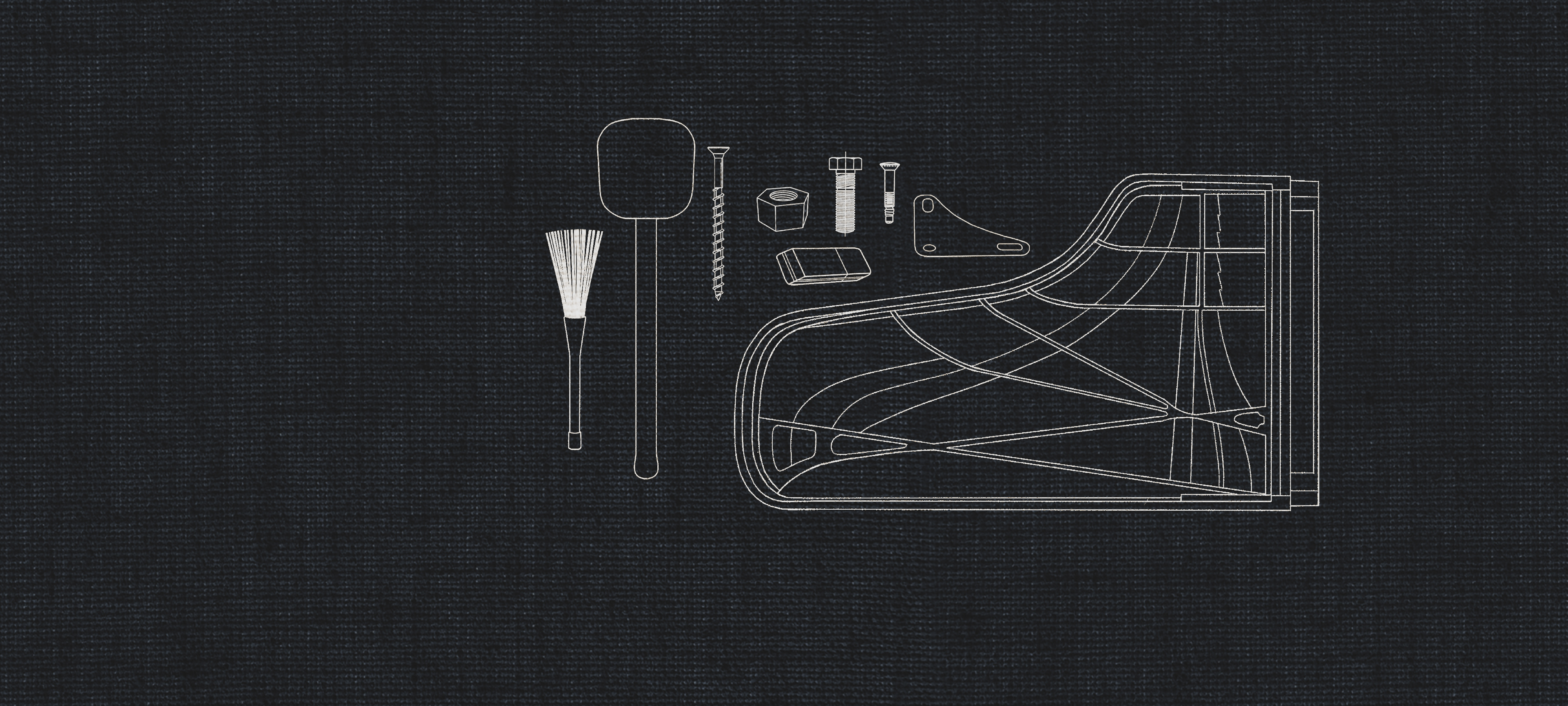
Studio FX Piano
The Well-Prepared Piano
The Studio FX Piano goes far beyond the playing techniques of a traditional Prepared Piano. Painstakingly captured in the pristine, controlled environment of Stage B at Vienna Synchron Stage, this unique collection redefines what a piano can be – and sound like. Expanding significantly on the “prepared piano” concept popularized by avant-garde composer John Cage in the 1940s, we transformed our Yamaha CFX into a groundbreaking instrument of sonic exploration. By manipulating its strings with objects such as screws, bolts, rubber, felt wedges, chains and paper, or utilizing an EBow for infinite sustain, it now produces a myriad of adventurous tones far removed from its classical origins. The controlled ambience allows you to shape your custom FX sounds any way you want, while the optional convolution reverb derived from Vienna MIR Pro 3D adds space and even more creative versatility. A wide array of dedicated FX patches and mixer presets takes this sonic adventure to entirely new dimensions, inviting you to push the boundaries of tonal and atonal composition as well as of sound design.
Audio Demos
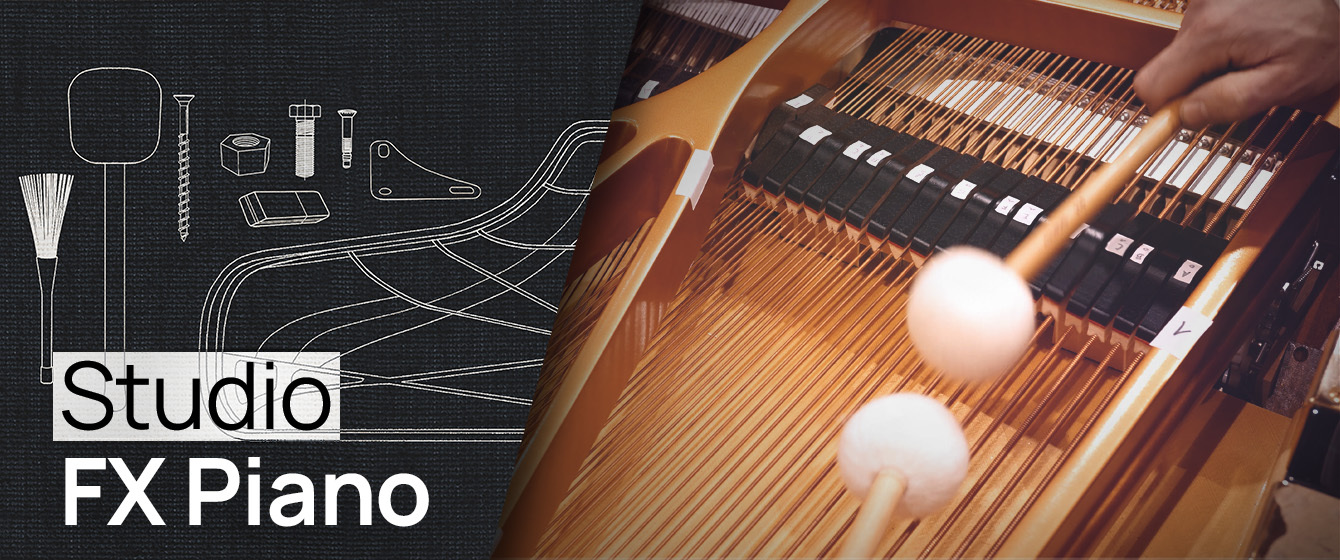
Overview
Prepared & FX piano sounds
Unconventional sound design, transforming piano tones into unique percussive and resonant textures
Percussive hits, mystical drones, organic plucks, heavenly pads
Versatile performance styles like glissandos, string scrapes, mallet strikes, EBow
Special FX presets in the categories percussive, pads, spacious, delays, evolving
Additional FX mixer presets
Powered by the Vienna Synchron Player (not the Piano Player)

Pricing
Standard
€ 249
Full
€ 399
System Requirements
Minimum:
Windows 10 (latest update, 64-bit), Intel Core i5 or AMD Athlon 64 X2
macOS 11 Big Sur (latest update), Intel Core i5
SSD (M2, SATA 6 or USB3/3.1, UASP Support - HFS+, APFS or NTFS formatted)
16 GB RAM
iLok Account and iLok License Manager for license activation on a physical iLok 2/iLok 3 key or in an iLok Cloud Session (the iLok Cloud requires a constant internet connection!)
Free storage space for the Standard Library: 92 GB
Free storage space for the Full Library: 196 GB
Recommended:
Windows 11 (latest update), Intel Core i7/i9/Xeon
macOS 14 Sonoma (or higher), Intel Core i7/i9/Xeon/M1/M2
32 GB RAM
AU/VST/VST3/AAX Native compatible host
88 key master keyboard


